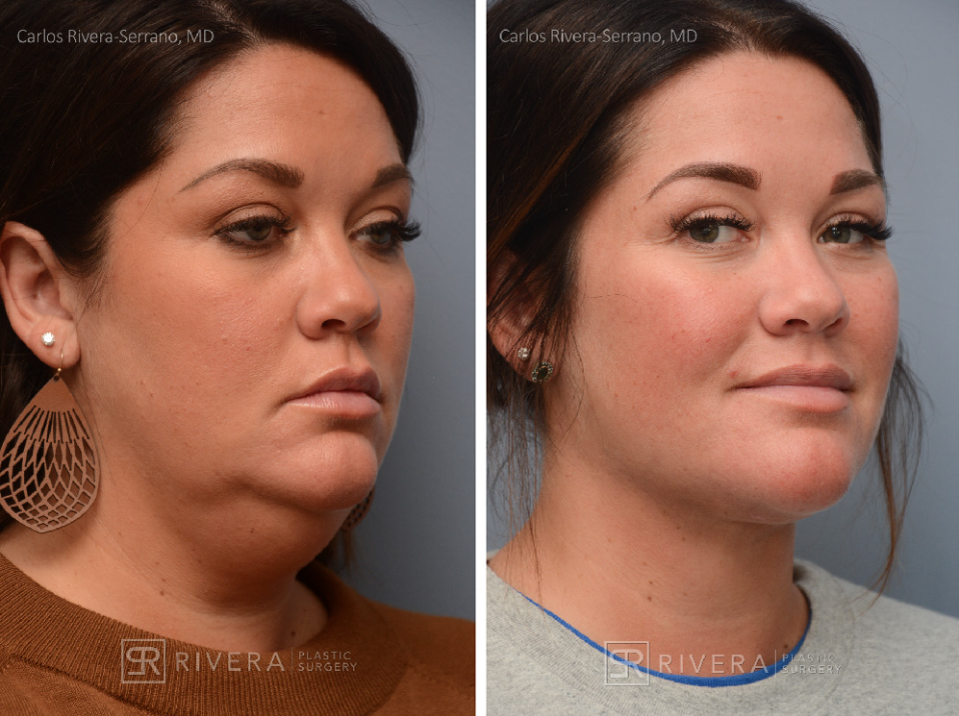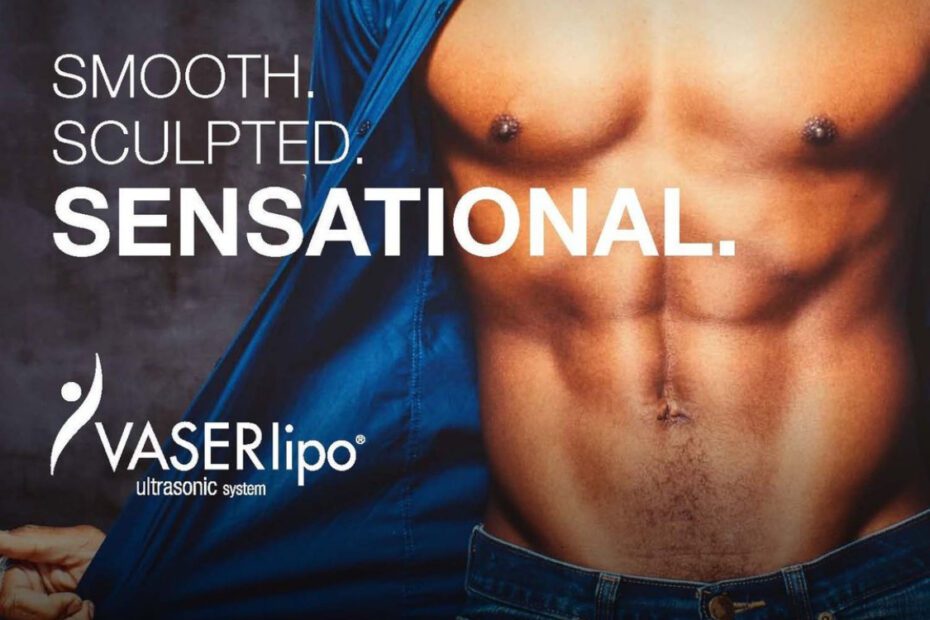These include free-standing medical spas with no involvement of plastic surgeons or the common shopping mall spas often not even run by medical providers. The one big problem with aesthetic practices like this that do not offer surgical services is that they do not understand what surgery can do, how surgery works, the recovery from surgery, and how the results of surgery are compared to the minimally or non-invasive treatments they offer. Oftentimes the actual providers are non-physicians and, due to their more limited background and education, do not understand the aging process nor the underlying technologies of the devices and just push the narrative of the “reps” from those companies to the patients. With respect and in my opinion, even many non-plastic surgery physicians do not understand what surgery can do. Understanding how surgery works and its potential is very difficult and takes many years to master. Plastic surgery is year after year the hardest residency training to enter among all medical specialties. With a very low acceptance rate, it requires at least six years of education. You simply cannot understand the intricacies of how surgery works and what it can deliver if you are not a fully trained plastic surgeon. Reading about it, taking some courses, and visiting experts cannot replace the rigorous and hands-on multiyear training of board-certified programs. Some providers of aesthetic services get into the field because they are passionate, and some are very good for non-surgical aesthetic treatments, but many are lured into it due to the lifestyle and sometimes glamorous and potential financial rewards portrayed by the general media.

It is also my opinion that it is obvious but not often said that many non-surgical practices are biased into what treatments they have purchased or have financial interests in. If there is a better alternative elsewhere, they won’t necessarily say it to keep the patient in their practice. I have seen many patients undergoing the wrong treatments over the years by so-called “experts” with big ads, fancy websites, and social media accounts. In reality, many simply do not understand the pathophysiology of aging or the human body and do not understand nor have all the treatment tools. I like to make a comparison with the famous Abraham Maslow’s quote, “if the only tool you have is a hammer, you tend to see every problem as a nail .”As an example, I have seen patients’ faces overfilled with hyaluronic fillers because the provider of the treatment was told by the company representative or his/her own belief that a such a product could “lift” a face when the only reasonable and sensible treatment for this person was some variety of a facelift, which they cannot offer. This is why many patients and celebrities look odd because the treatment approach was incorrect, and/or the treatment was overdone. Moreover, many aesthetic practices offer treatments but cannot handle potential complications and end up referring these patients to plastic surgeons to manage them. To sum it up, I am not against non-invasive or minimally invasive treatments. They can be good in very selected patients. I do myself use botulinum toxin and fillers in my patients. However, my goal is to help you understand why it is so much better to undergo these treatments in practices that offer the full spectrum of aesthetic services, including surgery.



